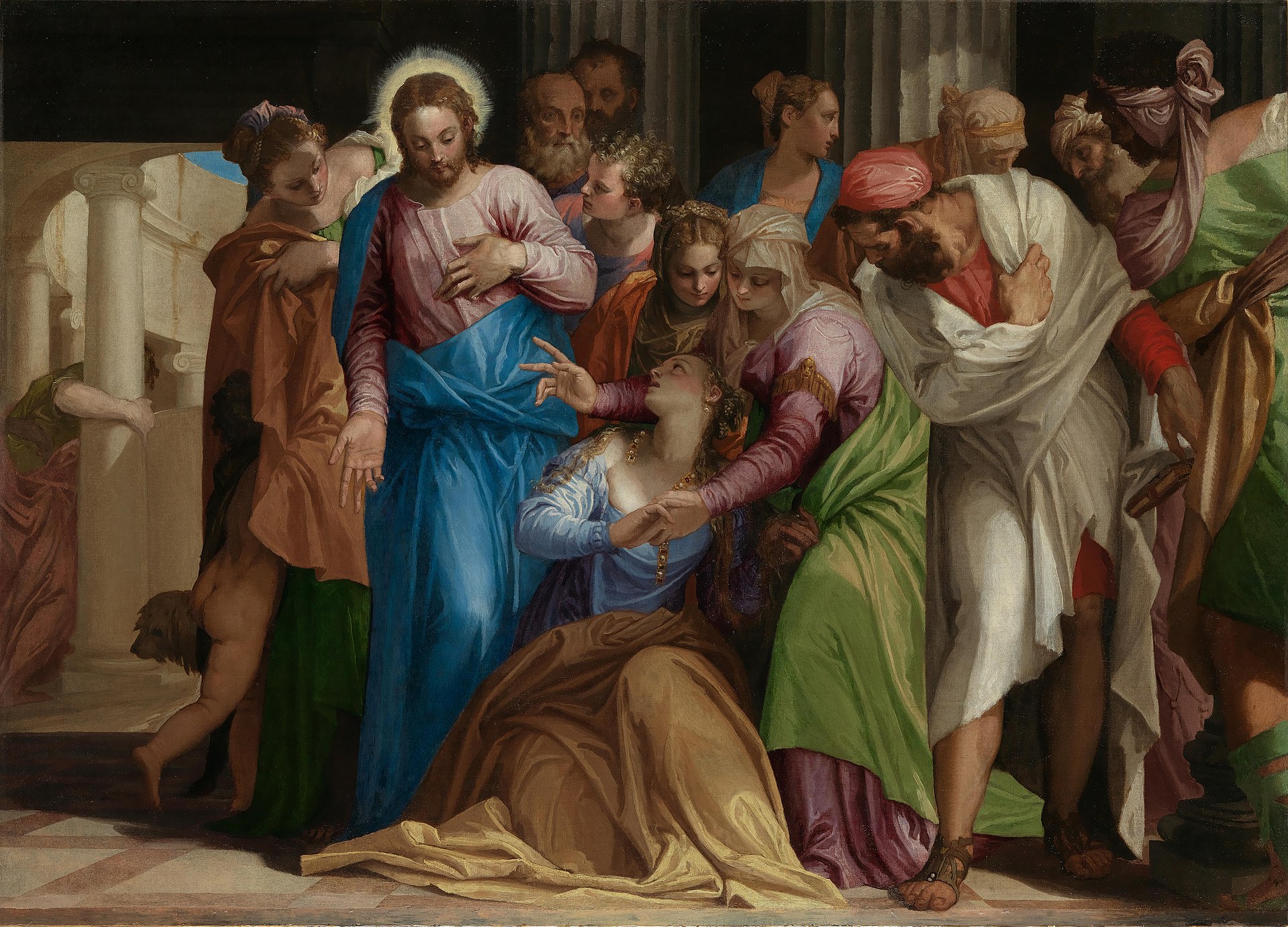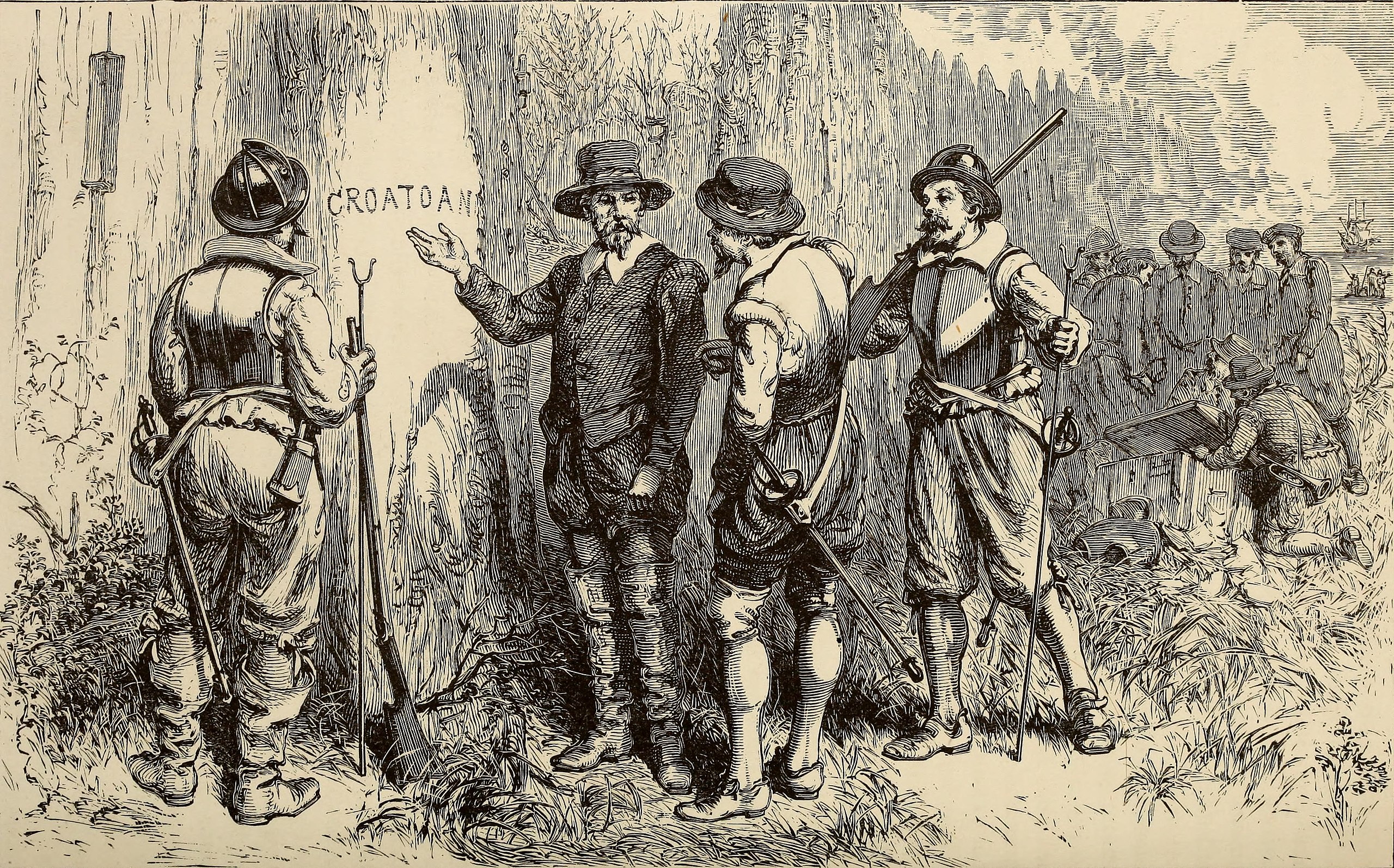Despite his being the figurehead of the world’s largest religion, little is known about the life of Jesus of Nazareth.
The four canonical gospels (the books of Matthew, Mark, Luke, and John) were written around 70 to 110 years after his death and document only the latter portion of his life.
With a lack of surviving records of his time on Earth, many historians have made grandiose speculations regarding the life of Jesus, one of the most famous being the notion that he was married.
In 2012, one man played at this theory, effectively tricking the public into believing in a false document called the Gospel of Jesus’s Wife.
2012: The Gospel of Jesus’s Wife Is Unveiled to the Public
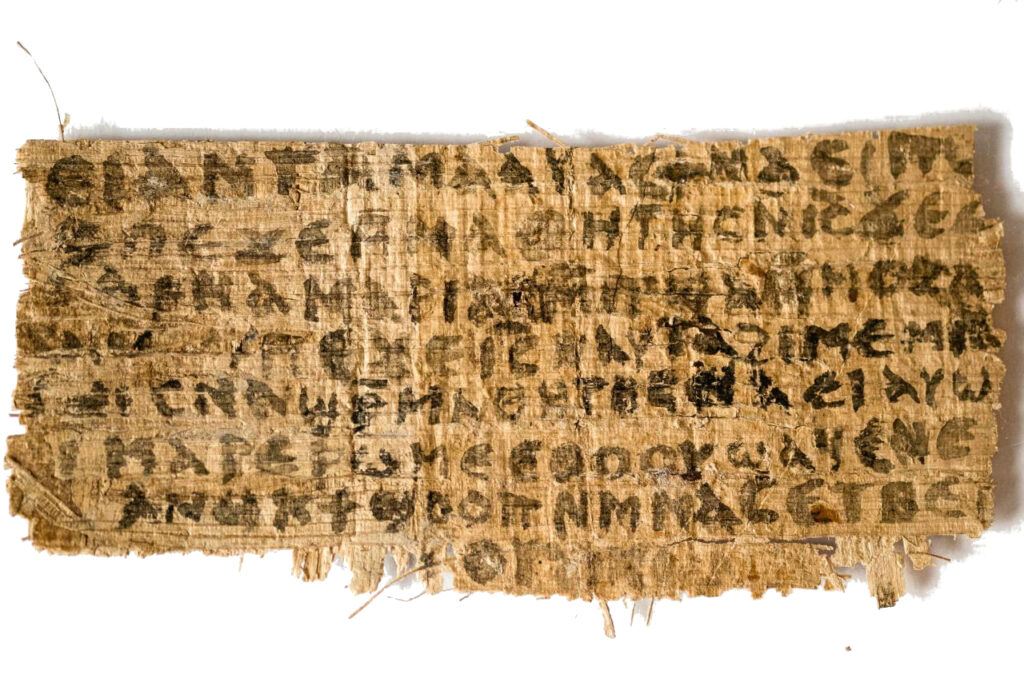
Public Domain
In late 2012, Harvard Divinity School scholar Karen King announced that she had come into possession of a document that would shake the world’s perception of Christianity.
Measuring about the size of a credit card, this document—dubbed by media outlets as the Gospel of Jesus’s Wife—is a fragment of papyrus (ancient paper) containing text that reads, “Jesus said to them [his disciples], ‘My wife…’”
The text is written in Coptic, an Egyptian language spoken in antiquity. Historians were quick to assume that the “wife” Jesus was referring to was Mary Magdalene, a New Testament character who was present at Jesus’s crucifixion and burial.
Considering King’s esteem within the field of religious studies, many scholars believed that the Gospel of Jesus’s Wife was a significant discovery that would shake the very foundations of the world’s most popular religion. Others, of course, had their doubts.
The Gospel of Jesus’s Wife Was Playing at a Familiar Trope
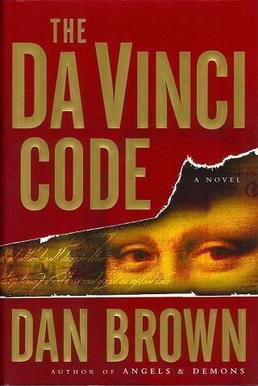
Fair Use
Following the release of Dan Brown’s 2003 best-selling novel The Da Vinci Code—which portrayed Jesus as having been married to Mary Magdalene—the idea that Jesus and Mary Magdalene were romantically involved exploded in popularity.
However, this theory predates The Da Vinci Code. The Gospel of Philip, a non-canonical gospel that was revered by proponents of Gnostic Christianity included the following: “Christ loved her [Mary Magdalene] more than all the disciples and used to kiss her often on the mouth.”
Belief in Gnostic texts—which were written centuries after Jesus’s passing—was considered fringe even in formative stages of Christianity, and today, there are few devout Gnostics left, meaning that the Gospel of Philip should be taken with a grain of salt.
Had it Been True, How Would the Gospel of Jesus’s Wife Have Reshaped Christianity?
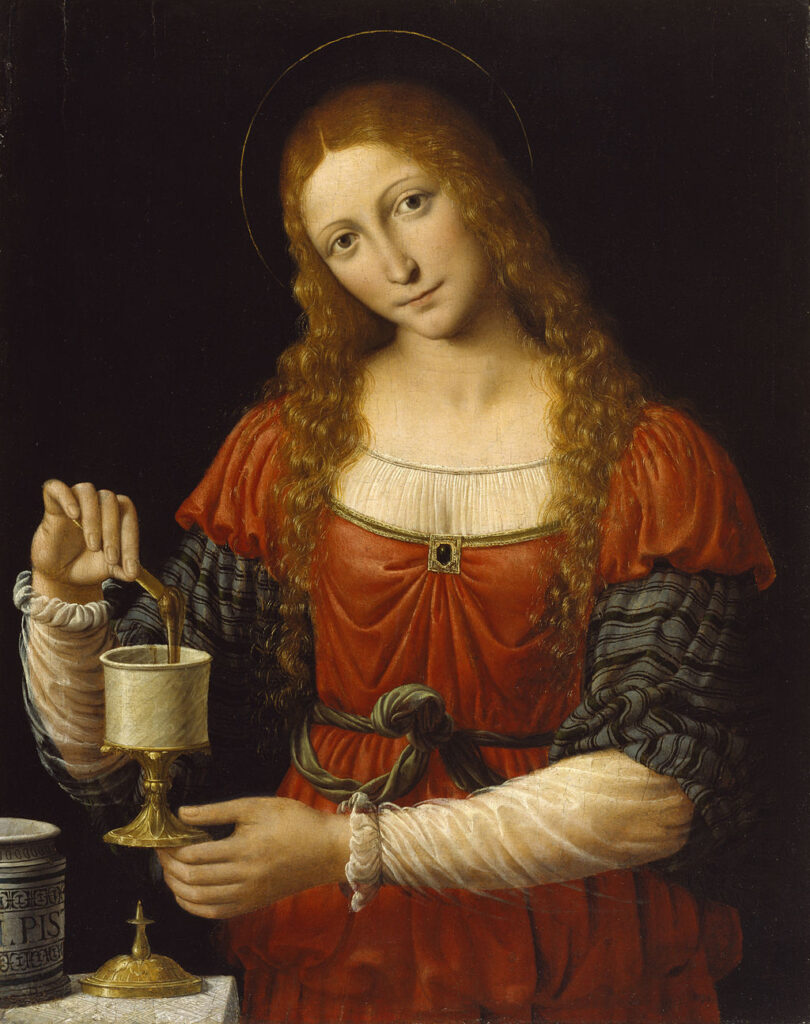
Public Domain
Jesus’s supposed celibacy is the primary reason for celibacy amongst priests. If it were revealed that Jesus did in fact have a wife, such a rule would need to be changed.
Also, if Jesus were God incarnate, as Christianity insists, how could he have fallen in love with a mortal woman?
If the Gospel of Jesus’s Wife had been revealed to be true, Mary Magdalene’s status within the church would have also had to have been raised.
From the second century onward, Christian theologians have been conflating her with another New Testament character, an unnamed pr**titute with whom Jesus dined.
Signs That the Gospel of Jesus’s Wife Was a Fake
This story on the Gospel of Jesus’s Wife is as gripping a piece of journalism as I’ve ever read: https://t.co/vPuANff3oP
— Yoni Appelbaum (@YAppelbaum) June 16, 2016
After its unveiling by Karen King, skeptical scholars pointed out obvious issues with the document, outlined below.
- The handwriting was thick/clunky, unusual for artifacts of this time period.
- Nearly all of the text, save for the “my wife” sentence, was lifted from the gnostic text the Gospel of Thomas.
- The text contained several spelling and grammatical errors, indicating that its author had, at best, only a rudimentary knowledge of the Coptic language.
Eventually, the fragment was carbon-dated (something that probably should have been done before media outlets began reporting on it).
This revealed that, while the papyrus was indeed of ancient origin, the text had been written in the 21st century. It should be noted that ancient papyrus can still be bought on the black market.
Who Forged the Gospel of Jesus’s Wife?
When the hoax was revealed, Karen King admitted that the Gospel of Jesus’s Wife had been brought to her attention by a man named Walter Fritz, a German immigrant currently residing in Florida.
Fritz was the perfect candidate to pull off such a hoax. He is an ex-student of Egyptian languages; he had been expelled from his university for plagiarism.
He had reached out to Karen King via email in 2011, presenting a scan of the document. Included in his email was an unsigned note from a university professor in Berlin, stating that the papyrus “could be evidence for [Jesus’s] possible marriage.”
King took the bait, and the rest is history. After it was inevitably revealed to be fraudulent, Fritz responded, “In the end, the papyrus is public and people have to deal with it… For me, it’s kind of comical.”
Since no money was lost on the papyrus, Fritz faced no legal repercussions for his forgery.

